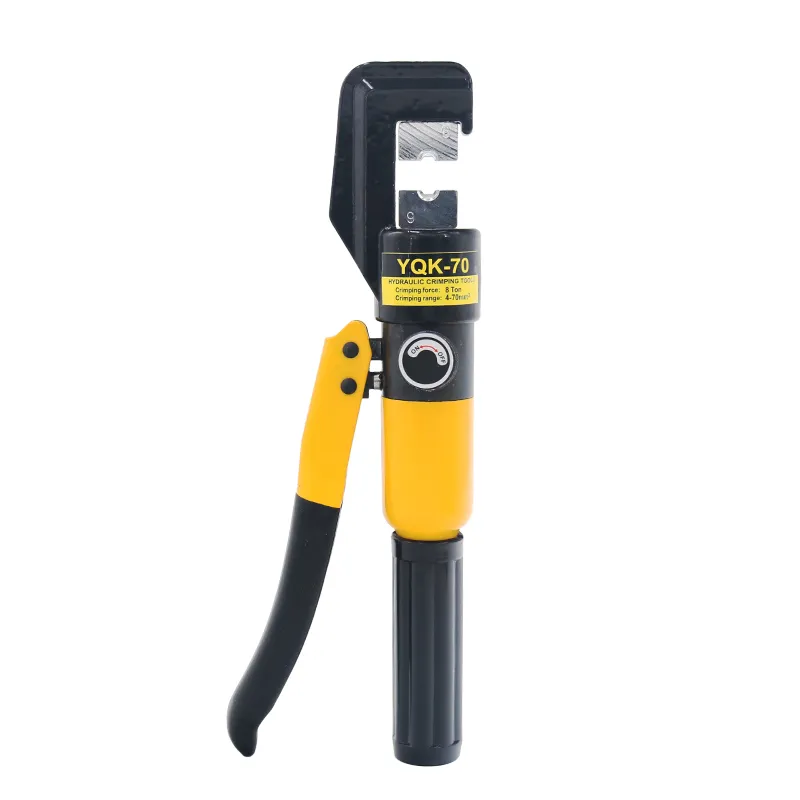
-
 Afrikaans
Afrikaans -
 Albanian
Albanian -
 Amharic
Amharic -
 Arabic
Arabic -
 Armenian
Armenian -
 Azerbaijani
Azerbaijani -
 Basque
Basque -
 Belarusian
Belarusian -
 Bengali
Bengali -
 Bosnian
Bosnian -
 Bulgarian
Bulgarian -
 Catalan
Catalan -
 Cebuano
Cebuano -
 Corsican
Corsican -
 Croatian
Croatian -
 Czech
Czech -
 Danish
Danish -
 Dutch
Dutch -
 English
English -
 Esperanto
Esperanto -
 Estonian
Estonian -
 Finnish
Finnish -
 French
French -
 Frisian
Frisian -
 Galician
Galician -
 Georgian
Georgian -
 German
German -
 Greek
Greek -
 Gujarati
Gujarati -
 Haitian Creole
Haitian Creole -
 hausa
hausa -
 hawaiian
hawaiian -
 Hebrew
Hebrew -
 Hindi
Hindi -
 Miao
Miao -
 Hungarian
Hungarian -
 Icelandic
Icelandic -
 igbo
igbo -
 Indonesian
Indonesian -
 irish
irish -
 Italian
Italian -
 Japanese
Japanese -
 Javanese
Javanese -
 Kannada
Kannada -
 kazakh
kazakh -
 Khmer
Khmer -
 Rwandese
Rwandese -
 Korean
Korean -
 Kurdish
Kurdish -
 Kyrgyz
Kyrgyz -
 Lao
Lao -
 Latin
Latin -
 Latvian
Latvian -
 Lithuanian
Lithuanian -
 Luxembourgish
Luxembourgish -
 Macedonian
Macedonian -
 Malgashi
Malgashi -
 Malay
Malay -
 Malayalam
Malayalam -
 Maltese
Maltese -
 Maori
Maori -
 Marathi
Marathi -
 Mongolian
Mongolian -
 Myanmar
Myanmar -
 Nepali
Nepali -
 Norwegian
Norwegian -
 Norwegian
Norwegian -
 Occitan
Occitan -
 Pashto
Pashto -
 Persian
Persian -
 Polish
Polish -
 Portuguese
Portuguese -
 Punjabi
Punjabi -
 Romanian
Romanian -
 Russian
Russian -
 Samoan
Samoan -
 Scottish Gaelic
Scottish Gaelic -
 Serbian
Serbian -
 Sesotho
Sesotho -
 Shona
Shona -
 Sindhi
Sindhi -
 Sinhala
Sinhala -
 Slovak
Slovak -
 Slovenian
Slovenian -
 Somali
Somali -
 Spanish
Spanish -
 Sundanese
Sundanese -
 Swahili
Swahili -
 Swedish
Swedish -
 Tagalog
Tagalog -
 Tajik
Tajik -
 Tamil
Tamil -
 Tatar
Tatar -
 Telugu
Telugu -
 Thai
Thai -
 Turkish
Turkish -
 Turkmen
Turkmen -
 Ukrainian
Ukrainian -
 Urdu
Urdu -
 Uighur
Uighur -
 Uzbek
Uzbek -
 Vietnamese
Vietnamese -
 Welsh
Welsh -
 Bantu
Bantu -
 Yiddish
Yiddish -
 Yoruba
Yoruba -
 Zulu
Zulu


TEL:
0086-311-88862036
maalis . 07, 2025 03:36 Back to list
duct rod
Installing an earth rod is essential for ensuring the safety and efficiency of any grounding system, particularly in areas prone to electrical surges or lightning strikes. This process, though straightforward, demands a keen understanding of both the technical and safety aspects involved. Here, we delve into expert insights and real-world experiences to ensure an effective earth rod installation.
Throughout this process, safety remains paramount. Proper personal protective equipment (PPE), such as gloves and eye protection, is mandatory to protect against physical and electrical hazards. Furthermore, awareness of potential underground utilities is crucial to prevent damaging infrastructure or risking safety. Attention to detail doesn't stop at the installation; post-installation maintenance and periodic testing play essential roles in long-term system reliability. Equipment malfunction or environmental changes can impact grounding effectiveness over time, necessitating routine checks and potential adjustments or enhancements to the system. It is also beneficial to stay informed on local grounding regulations and standards, which govern installations and may update as new technologies or safety standards evolve. Compliance not only ensures safety but bolsters trust in the system's integrity. In conclusion, fitting an earth rod is not merely a technical task but an endeavor demanding expert knowledge and vigilance. By combining industry best practices with local insights and adhering to stringent safety protocols, you can effectively safeguard your electrical system and by extension, protect lives and property.


Throughout this process, safety remains paramount. Proper personal protective equipment (PPE), such as gloves and eye protection, is mandatory to protect against physical and electrical hazards. Furthermore, awareness of potential underground utilities is crucial to prevent damaging infrastructure or risking safety. Attention to detail doesn't stop at the installation; post-installation maintenance and periodic testing play essential roles in long-term system reliability. Equipment malfunction or environmental changes can impact grounding effectiveness over time, necessitating routine checks and potential adjustments or enhancements to the system. It is also beneficial to stay informed on local grounding regulations and standards, which govern installations and may update as new technologies or safety standards evolve. Compliance not only ensures safety but bolsters trust in the system's integrity. In conclusion, fitting an earth rod is not merely a technical task but an endeavor demanding expert knowledge and vigilance. By combining industry best practices with local insights and adhering to stringent safety protocols, you can effectively safeguard your electrical system and by extension, protect lives and property.
Next:
Latest news
The Unique Design of Cable Socks
NewsJun.04,2025
Swivel Connectors in Industrial Automation
NewsJun.04,2025
Safety Features of Link Sticks
NewsJun.04,2025
How to choose the best cable pulling winch for sale
NewsJun.04,2025
Fish tape safety precautions
NewsJun.04,2025
Essential Maintenance Tips for Cable Pulling Tools
NewsJun.04,2025
Copyright © 2025 Shijiazhuang Bilo Import and Export Trading Co., Ltd. All Rights Reserved. Sitemap | Privacy Policy

BlLo lmport & Éxport is specialized in power and cable equipment andconsiruction tools,Qur main producis are FRP
duct rodder, cable rollerscable pulling winch, cable drum jack, cable pulling sock, etc.
Copyright © 2025 Shijiazhuang Bilo Import and Export Trading Co., Ltd. All Rights Reserved. Sitemap | Privacy Policy










